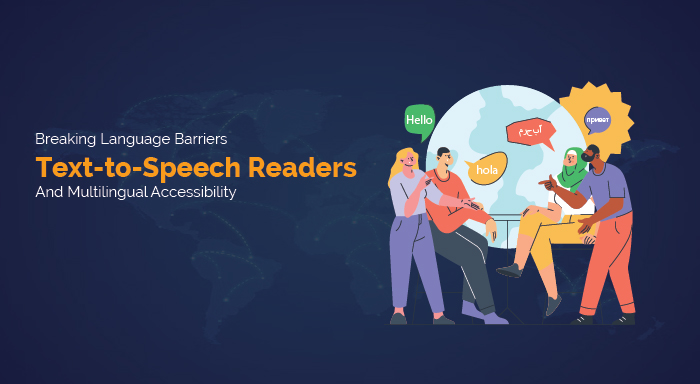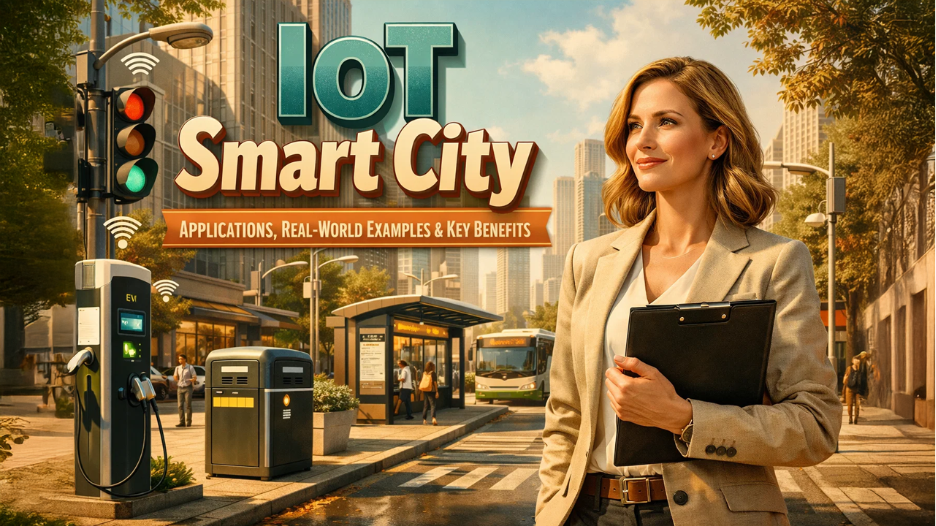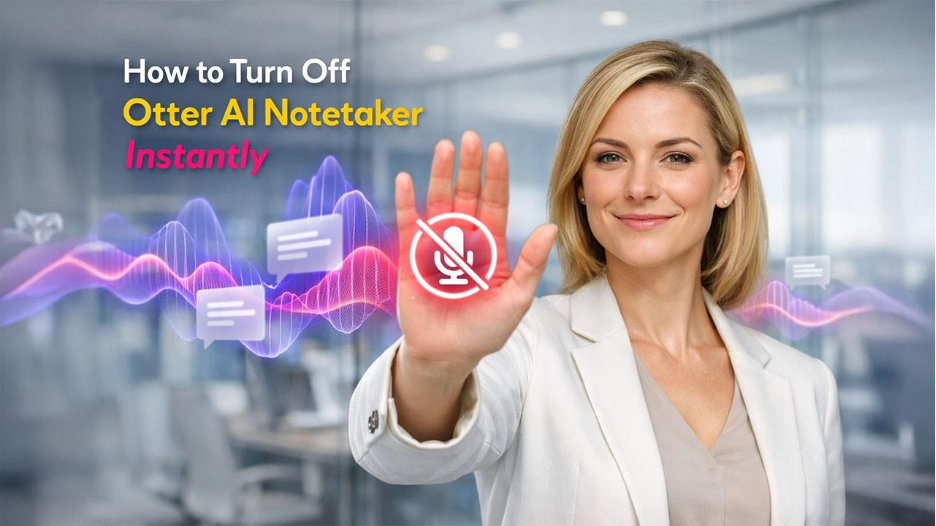The widespread acceptance of the internet and its proliferation in people’s daily lives has brought people of diverse cultures, backgrounds, nationalities, etc., on the same page. While geographical borders have virtually diminished in the digital landscape, people still face a common challenge – the inability to access published content because of language barriers.
While it was a serious concern some years back, the launch of text to speech systems with multilingual accessibility has solved this challenge forever. Now, people can access any information or content published online, regardless of their linguistic profile. This article demonstrates how multilingual advanced text-to-speech readers are breaking down language barriers and opening up digital material to a global audience.
Bridging the Accessibility Gap with Text-to-Speech Readers
The development of text to speech generators is nothing short of a massive milestone in the technology domain. It not only transformed the way individuals engage and consume digital content, but it also provided a universal solution to the accessibility issue. Contrary to the commonly accepted belief, a text to speech reader isn’t designed for simple text narration.
This technological marvel is at the forefront of breaking language barriers. It can help people with reading difficulties, non-native speakers, individuals with visual impairments, etc., access online content easily and efficiently. Let's examine the following aspects to better grasp how these technologies are having a significant impact:
Overcoming Literacy Challenges
Many individuals cannot read and access educational content because of dyslexia, visual processing disorders, and other learning challenges. Text to speech systems eliminate these learning blocks by transforming all written text into audio files. By enabling those who struggle with vision to read printed text, it promotes increased accessibility. The best part about these tools is that they don’t only offer conversion from text to speech but also multilingual capabilities.
So, a person who only knows English can easily access educational resources published in Hindi, Mandarin, French, Spanish, etc., with the tool’s translation feature. It can assist in removing major literacy obstacles globally, enabling everyone to have access to education.Language learners can also leverage this advanced technology to improve pronunciation, natural speech patterns, accent, vocabulary, and fluency. For example, someone aiming to learn Latin, Japanese, or Portuguese can use text-to-speech tools to aid in mastering pronunciation, while learners of other modern languages enhance their speaking skills.
Keeping Regional Languages Alive
Previously, text to speech applications could only process a few languages. It made accessing digital content difficult for people proficient in left-out regional languages. This problem has been solved by the ongoing technological improvements, which have made multilingual support the foundation of contemporary text-to-speech systems. So, instead of the top five or seven languages, the most sophisticated tools can now process information in multiple languages, including regional and marginalized languages, with little prominence on the world map.
It is a significant step towards preserving linguistic diversity while ensuring no one gets left out in the digital world. People can use these tools to effortlessly switch languages and translate them into their native language for easy understanding. The impact of this feature isn’t restricted to personal benefits and is helping break communication barriers in international businesses, diplomacy, cultural exchange, entertainment, arts, and more.
Empowering Visually Impaired Users Across Languages
AI voice generator has become the gateway to the digital world for most individuals with visual impairment. Even though this cutting-edge technology is relatively new, everyone has been impressed by its influence on multilingual accessibility. Today’s sophisticated text to speech tools have screen reading capabilities, so visual interfaces can be easily transformed into auditory experiences. It makes it easier for people with visual challenges to access website content, documents, reports, case studies, whitepapers, and other text-based content independently, regardless of the language.
Advanced text to speech technology can instantaneously identify the language on any screen and translate it into your native language. Besides browsing text, advanced models can also help people participate in ongoing discussions on forums, social media platforms, etc., by translating all responses into the user’s preferred language. It breaks all communication barriers among people of different nationalities, fostering effortless interactions.
Embrace the Transformative Powers of Text-to-speech Readers
The rapid advancements in text to speech technology are both exciting and transformative. Their natural-sounding voice library is rapidly developing and is bilingual, enabling them to break down barriers to communication and improve accessibility for digital material. These systems will get better at analyzing large volumes of data as machine learning algorithms advance, leading to speech output that is nearly identical to that of native speakers. Such moves will make all interactions with text to speech applications more natural sounding and engaging, regardless of the language.
In the coming years, people can expect this technology to integrate into the most commonly used platforms, like social media platforms, forums, marketplaces, websites, and all other digital avenues. It will facilitate instant translation of any online content, from comments to posts, making cross-lingual communication a reality. Universal real-time communication across languages is one of this technology's most revolutionary potentials. Therefore, to see significant gains in your life, embrace technology and incorporate it into your everyday routine.



